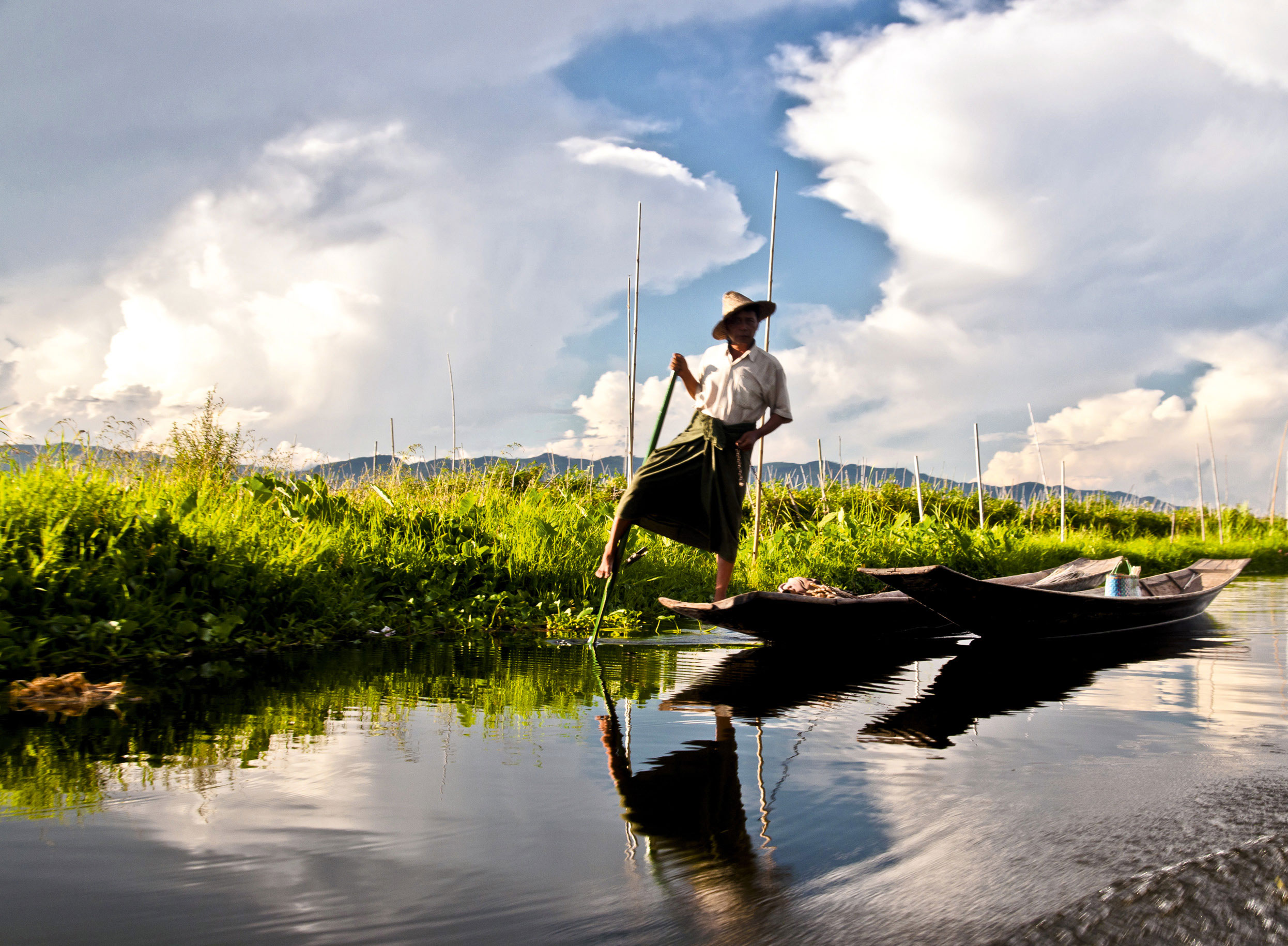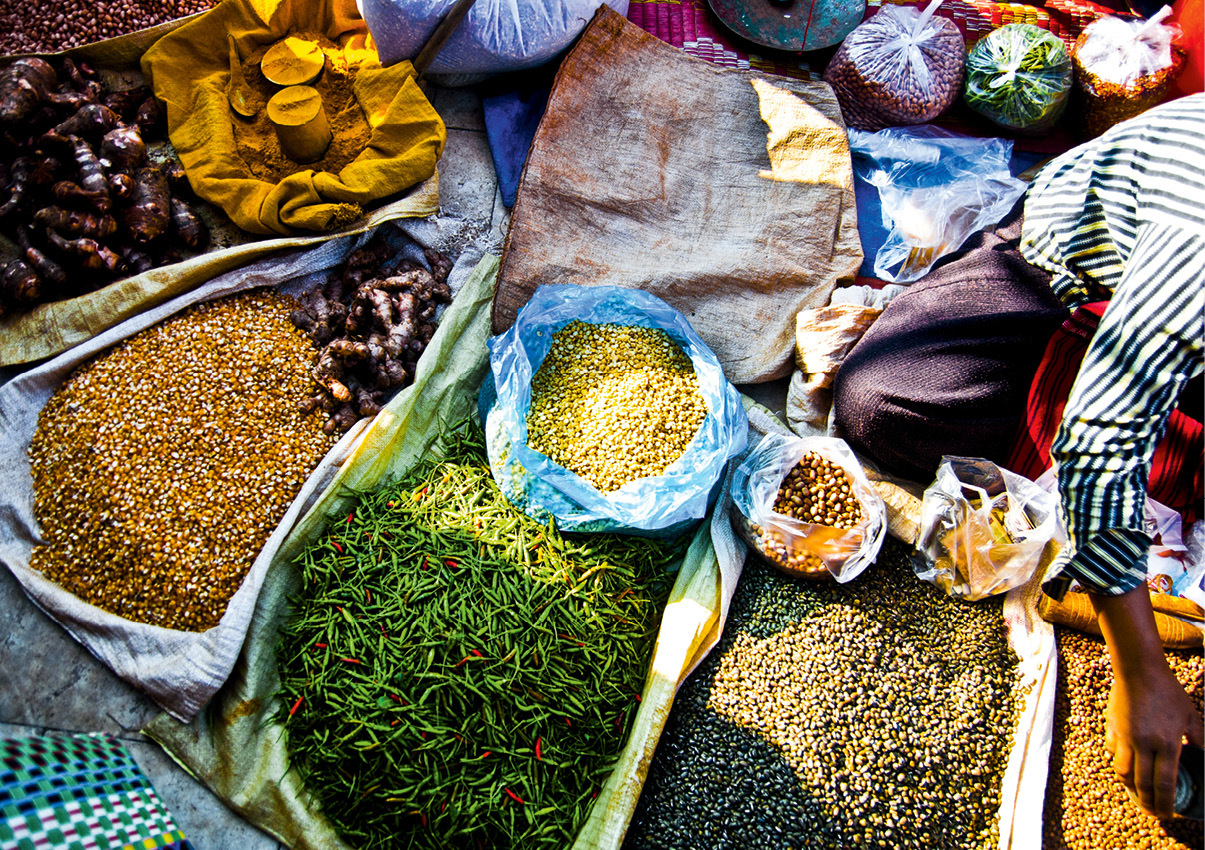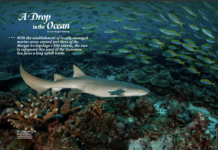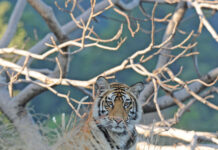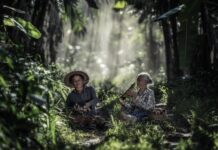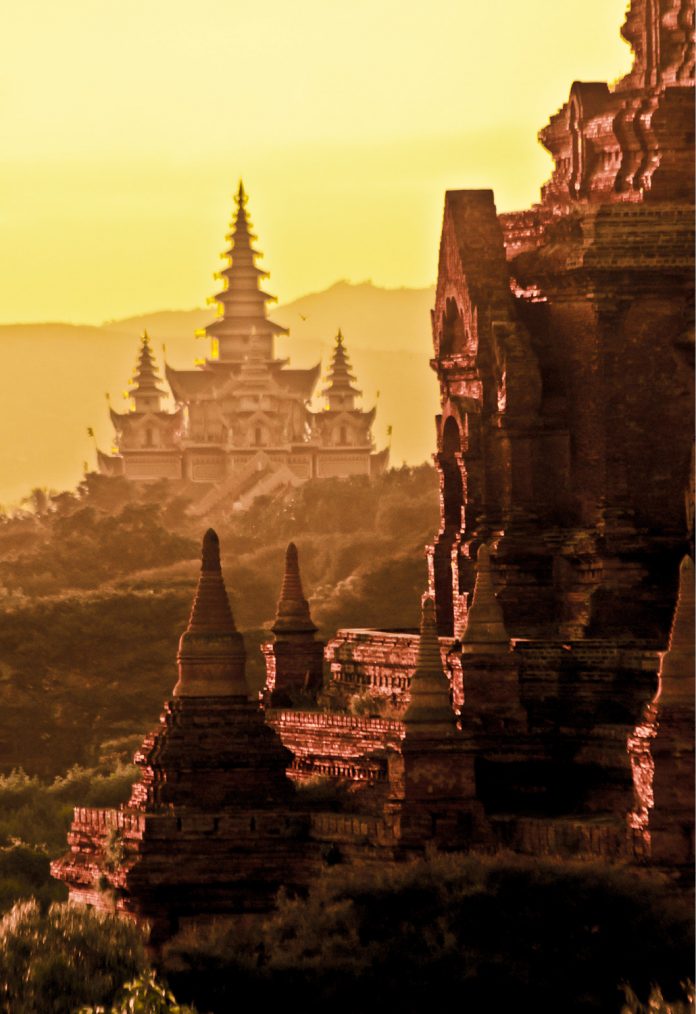
Energy is everything in the Kingdom of Pythons. When the heat goes up, the lights go out; sometimes this is the government imposing a radical, iron-fisted will and sometimes this is supply and demand economics – where there is more demand than energy, something has to give.
Burma, rechristened the Union of Myanmar by the military junta in 1989, has become Southeast Asia’s cultural and political flashpoint, used by international organisations to rally external support for an oppressed people while those very people remain a sterling example of perseverance in the face of oppression; open, sincere, eager to learn of the outside world and proud of a country shrouded in mystery, mystique and lore.
Exploring one of the hottest places on Earth has taught me about more than the planet’s natural gifts: I’ve learned a little of how those gifts are used by and against the people that depend upon them.
WHERE IT’S ALWAYS DARK
The simple pleasures we take for granted in the Western world are luxuries here in Burma: ice cubes in a glass of the ubiquitous Star Cola, air-conditioning units and, not surprisingly, microwaves. Most Burmese food is prepared over open flames in giant bubbling cauldrons; unpredictable rolling blackouts mean that most food would spoil if cooks had to rely on electrical appliances during preparation.
As a result, the Burmese are regarded in some circles as masters of slow cooking, renowned throughout Southeast Asia for their curries, soups and broths. My first day in Rangoon, Burma’s largest city, I decide against rubbing shoulders with the monks at Shwedagon Pagoda and shopping for opium scales and old coins at the Bogyoke Aung San Market in lieu of hot pot hunting on the gritty, broken streets.
Oo Oo Khaing has owned and operated his noodle shop on Sule Pagoda Road in Rangoon since 1988; he has lived through the infamous 8888 Uprising and subsequent periods of martial law, the ill-fated 1990 free elections that failed to install Aung San Suu Kyi’s National League for Democracy party into power and the 2007 anti-government protests that left dozens of monks dead at the base of the Shwedagon Pagoda.
Oo Oo isn’t an overtly political person – he has never marched in the street, stood up or spoken out against the government or shown dissent of any kind – even though the reality of his life is that government control is pervasive. “I go about my business like anyone else,” Oo Oo says, handing me a bowl of steaming Shan noodles, smiling so wide that I imagine his cheeks touching somewhere behind his ears. “We all want to see change and to live better lives and to be happy all of the time. But show me a place in the world where the same is not true?”
Oo Oo’s reckless optimism inoculates me with a dose of reality: the Burmese will always find the bright side of a situation. My thoughts turn back to my bowl and the quickly diminishing contents. Before I can order a second serving, the lights go out. I’m nervous at first, wondering if this is an ominous sign, yet folks go about their business as if nothing has happened; the sound of noodles being slurped all around me is an auspicious one. Oo Oo lights a candle on my table and takes a seat across from me. “Welcome to Myanmar,” he says, using the junta’s preferred nomenclature, “where it’s always dark somewhere.”
Rolling blackouts are an everyday occurrence throughout Burma, and this has created a unique set of challenges in a country where summer temperatures can skyrocket past 45°C. Public water, full of bacteria and viruses, goes untreated on a large scale. Food, in vast quantities, spoils quickly at outdoor markets. Citizens have responded by buying generators and filling them with the rationed petrol they would otherwise use to fuel their vehicles, and by turning to rudimentary kerosene heaters to stave off cold nights in the hills.
The blackouts do randomly occur but are often systematically implemented by the government in an effort to conserve or divert electricity for more pressing needs, with the National League for Democracy offering the city of Hpa-An as an example. Hpa-An is the only municipality in the country with a functioning full-time power system, though the energy is not used to run a hospital or university, but a cement factory that produces materials to aid in the extraction and exploitation of Burma’s copious natural resources. While I’m scribbling these notes in my journal, Oo Oo returns to my table with a third serving and notices that I’m sweating; I had asked him to add a little extra heat to my dish. What Oo Oo says next strikes me profoundly enough that I shove both bowls away to jot down his aphorism: “We should be forgiven for making bad decisions if they lead us to good ones down the road. But should we forgive those who refuse to learn from their mistakes?”
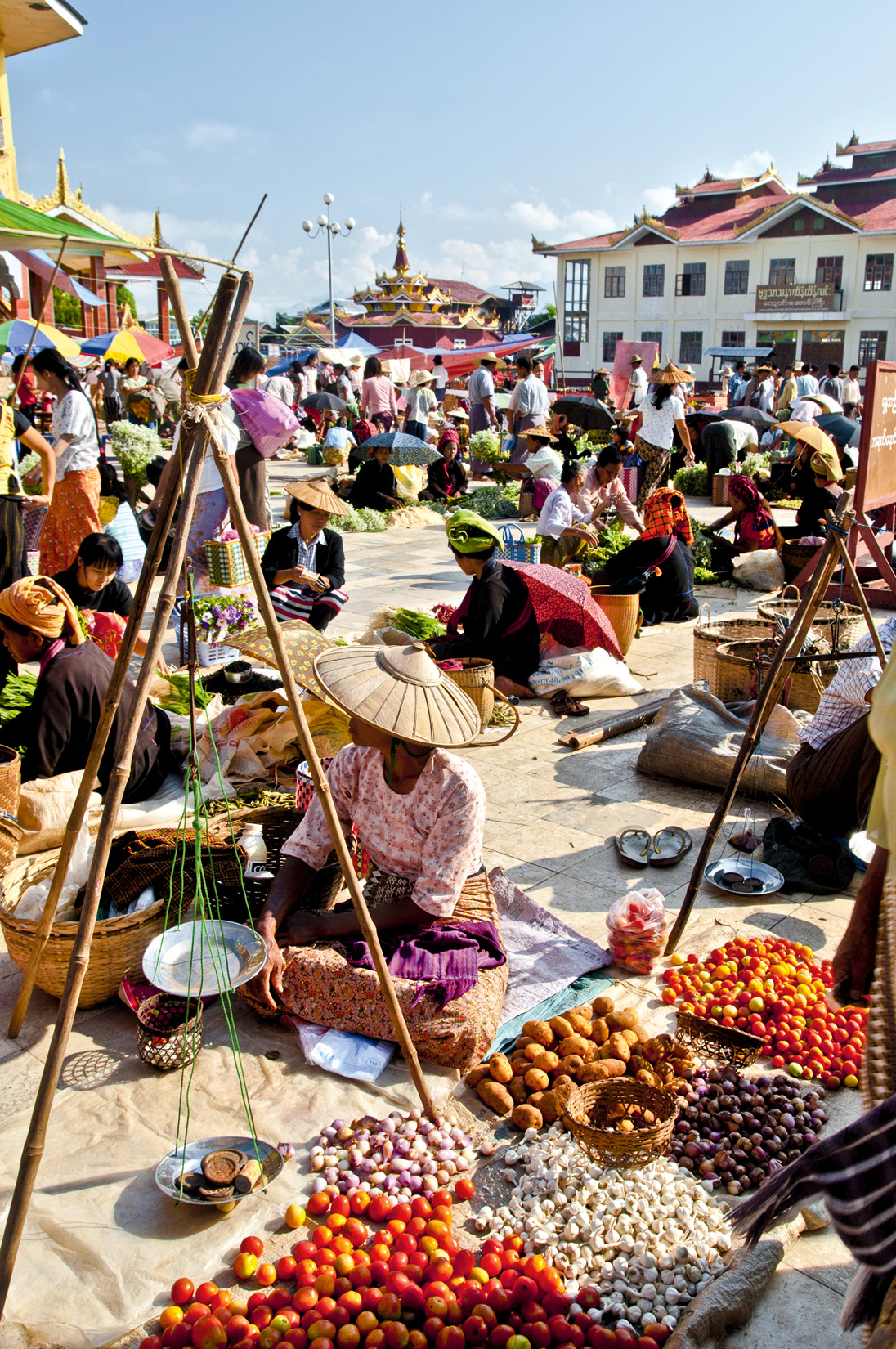
On the road to Mandalay
The Buddha prophesised the construction of the city of Mandalay from atop Mandalay Hill, where the panoramic view includes tens of thousands of gold-plated pagodas. The name Mandalay elicits romantic visions in the West of a fantastical riverside town blanketed in mist and steeped in legend. From tuk-tuk drivers to fisherfolk, people have stories to tell and I want to believe them all. I decide to visit Amarapura’s U Bein Bridge just south of Mandalay proper, in order to continue my work and revel in Burmese legends.
I notice two things about Amarapura. First off, it’s hot out here – much hotter than in Rangoon. The second is that people are more inclined to ask me questions than they are to answer any of my own. Discussing the heat, whether it be political or climatic, is difficult. I’ve even tried to go local in an effort to integrate: I’m wearing a longyi, a long tube of cloth worn like a skirt that I picked up in Rangoon after being convinced it would help keep me cool. Men, women and children all wear longyis in Burma and are so comfortable in them that they can ride a bike, kick a football or run up and down a flight of stairs without skipping a step. I can barely walk without stepping on the fabric and exposing myself to the world. I decide to go local another way, testing my luck on the river itself, joining a group of fisherfolk under the bridge and casting my line out over the glassy surface of the water.
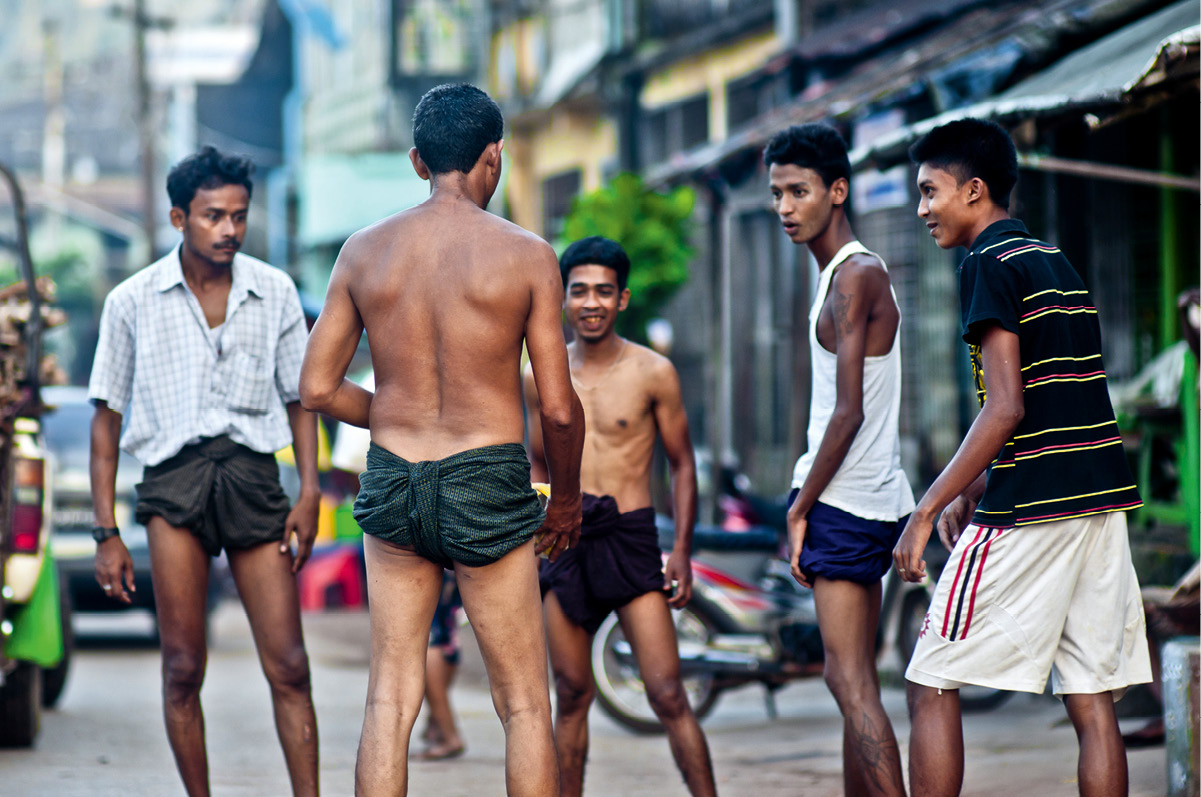
It’s late in the day when I corral a crimson-robed monk near the eastern platform of the bridge. At first, he wants to know why my longyi is soaking wet. Then he wants to know where I’m from, what I do and why I’ve waited so long to visit Burma in the first place. That a monk is willing to speak candidly to me is no real surprise – monks have driven the engine of dissent in Burma for generations. Monks speak out against everything from government corruption, social malaise to the price of betel nut when given a platform and an audience – and in a country of 54 million Theravada Buddhists, there is a rather large audience.
I ask him how things can be so dire in a place where, on the surface, life functions as it does in neighbouring Yunnan or Thailand. “This is Burma; what you don’t see holds more power over this country than what you do see.” The monk uses the U Bien Bridge as a metaphor for Burma itself, visual evidence of the state of the union. “The bridge seems strong when you walk across it. But some of the beams have rotted away, while others have been swept downriver.”
Hundreds, if not thousands of people use the bridge to cross the river and back each day; some walk 10, 20 or 30 miles en route to work. When the junta removed national fuel-price subsidies in 2007, it resulted in a 500 percent spike in costs; where a bus ride for people in Mandalay may have cost five kyat yesterday it now costs 2,500 kyat. For people that make less than 5,000 kyat a day (the equivalent of roughly US$5), this means spending more than half a day’s wages getting to and from work.
A DAY ON THE LAKE
I arrive at Nyaung Shwe, Inle Lake’s main development, in the dead of night and immediately book myself onto a boat tour, wondering aloud if the notorious Nayar, a mythical dragon with four legs, still patrols the waters. An old man seated next to me on the bus ride from Rangoon to Inle filled our 13-hour odyssey with tales of the Nayar and the Magan, a man-eating crocodile that patrols the murky depths of the lake when the sun goes down.
Read the rest of this article in No.87 Issue 2/2012 of Asian Geographic magazine by clicking here or check out all of our publications here.


